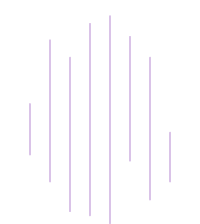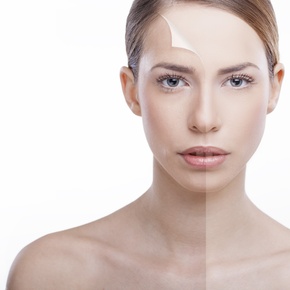
Microdermabrasion
Microdermabrasion is a non-surgical, non-chemical, non-invasive method of skin resurfacing that utilizes fine crystals to provide effective exfoliation and rejuvenation of the superficial layers of the skin. Many patients seeking our microdermabrasion in Englewood visit from all over Bergen County for our excellent prices and experienced administration of treatments.
MICRODERMABRASION IN DEPTH
by Bruce Freund, D.D.S.
When a more aggressive treatment is necessary, vacuum pressure can be increased to evenly penetrate deeper layers of the skin. Increasing the blood supply provides nutrients necessary for skin regeneration, repair, and increased cellular turnover. In return, improving the skins’ elasticity and texture, as well as balancing the pigment.
The skin is washed to remove excess oil and dirt. Then, a medical professional targets a stream of fine aluminum oxide crystals over the area. The crystals abrade away old, dead skin cells, which the vacuum then picks up with gentle suction. This promotes the growth of collagen and new, rejuvenated skin. Moisturizers and sun block are then applied to the treated area.
Below is a list of questions our patients often have for us when they visit seeking microdermabrasion in Englewood, NJ.

MICRODERMABRASION FAQs
Is Microdermabrasion safe?
Microdermabrasion is a safe and common procedure. Unlike laser resurfacing or chemical peels, this procedure is not traumatic and therefore there is no downtime to allow for healing and recovery. But, as always, provide your full medical history and follow your pre and post-treatment instructions.
How soon will results appear?
Microdermabrasion results are usually immediate and noticeable. Results improve with multiple treatments and vary depending on your individual skin quality.
What are the limitations of Microdermabrasion?
Microdermabrasion is designed for minor imperfections and general improvement. Those with very large or dark spots, moderate to deep wrinkles and serious scars should seek an alternative treatment.
Microdermabrasion in Englewood, NJ
Microdermabrasion offers patients a way to get their skin professionally exfoliated. Every person accumulates dead skin cells, dirt, and debris on their face that simple washing will not removed. Microdermabrasion utilizes a slightly abrasive tool to remove these dead skin cells and matter. This results in improved skin look and feel. Interested in our microdermabrasion in Englewood, NJ? Contact Aesthetic Rejuvenation Center today!